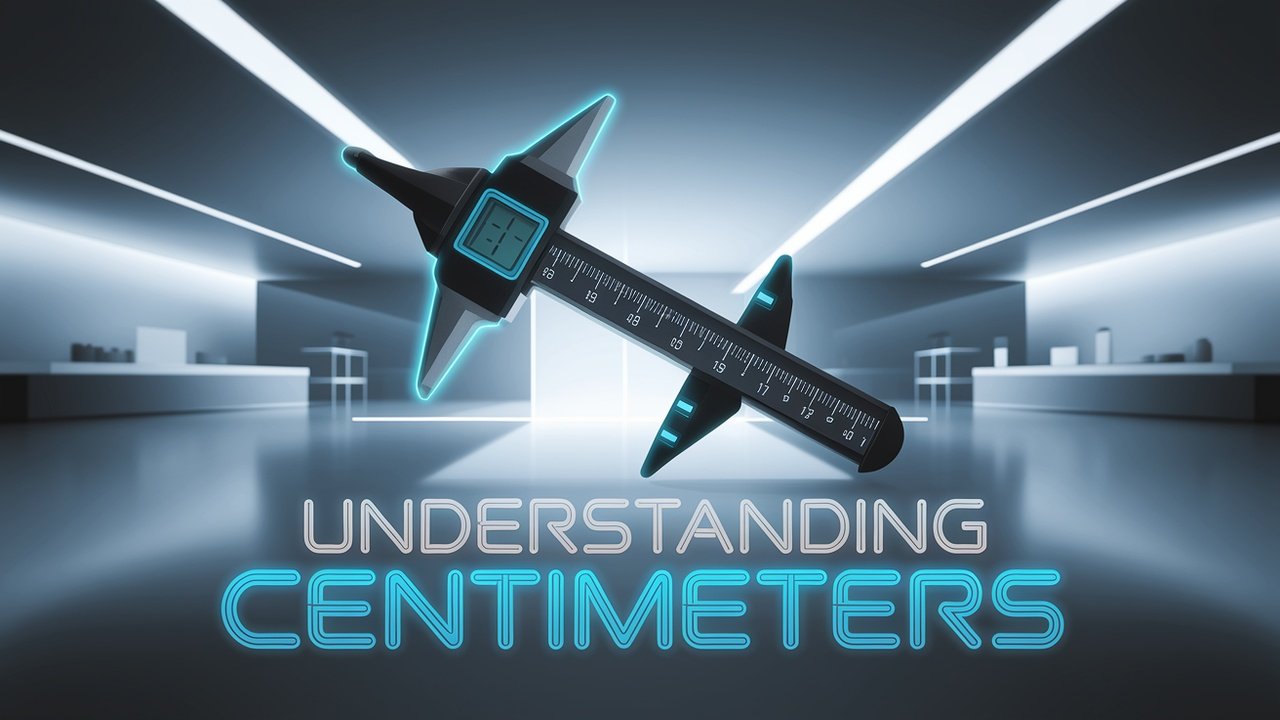The 3/4 Cello: A Comprehensive Guide to Size, Sound, and Selection

Introduction
The cello is one of the most beloved instruments 3/4 Cello in the string family, known for its deep, resonant tone and wide emotional range. Whether in the hands of a budding student or a seasoned performer, the cello provides a rich musical experience.
However, choosing the right cello—especially the right size—is essential to fostering a positive relationship with the instrument. Among the various options available, the 3/4 cello is one of the most commonly discussed and sought-after sizes.
Often seen as a transitional instrument for advancing students, the 3/4 cello plays a critical role in helping players bridge the gap between smaller beginner sizes and the full-sized 4/4 cello. It offers a manageable scale length while preserving a rich tone, making it ideal for young cellists who are developing technique, hand strength, and musical maturity.
In this comprehensive guide, we’ll explore everything there is to know about the 3/4 cello—what it is, who it’s best for, how it compares to other sizes, and what to look for when purchasing or renting one. Whether you’re a parent of a young musician, a cello teacher, or a student upgrading from a smaller instrument, this article will help you make an informed decision.
Understanding the 3/4 Cello
What Does “3/4” Mean?
When it comes to string instruments, sizing isn’t about fractions of the instrument’s full size in a mathematical sense. Instead, sizes like 1/4, 1/2, 3/4, and 4/4 refer to general categories of instrument dimensions designed to match the player’s age, arm length, and height.
A 3/4 cello typically measures about 27 to 28.5 inches in body length, with a total length (including scroll and endpin) of around 45 to 47 inches. This makes it approximately 90-92% the size of a full-sized 4/4 cello.
While it’s not quite a full-sized instrument, the 3/4 cello retains much of the tonal depth and projection of its larger counterpart, especially when built with quality tonewoods and construction techniques.
Who Is the 3/4 Cello For?

The 3/4 cello is generally recommended for:
- Children aged 9 to 13 years
- Players between 4’6″ to 5’0″ tall
- Students with an arm length of 23″ to 25″ (measured from the neck to the middle of the palm)
However, these are just guidelines. Some adult players with smaller frames or shorter arms may also prefer the comfort and playability of a 3/4 cello, especially if they’re casual musicians or dealing with physical limitations such as arthritis or joint pain.
Transitioning Between Sizes
Typically, students begin with 1/8, 1/4, or 1/2 size cellos and progress to larger sizes as they grow. The 3/4 cello is often used as a final stepping stone before reaching a full-sized cello.
While some students may feel eager to “graduate” to a 4/4 cello, it’s important to avoid upsizing too soon. Playing an oversized instrument can lead to poor technique, muscle strain, and frustration.
Sound Quality: Can a 3/4 Cello Sing?
A common misconception is that smaller cellos sound significantly worse than full-sized ones. While it’s true that a larger body can generate deeper and fuller tones, a high-quality 3/4 cello can still produce a rich, warm sound that’s more than adequate for lessons, recitals, and even orchestra performances.
Factors that impact the sound of a 3/4 cello include:
- Tonewood quality (spruce top, maple back and sides)
- Construction method (hand-carved vs. machine-made)
- String quality
- Set-up (bridge height, soundpost placement, tailpiece, etc.)
A well-set-up 3/4 cello from a reputable maker can deliver impressive projection and tonal color, especially when fitted with professional-grade strings and accessories.
Buying vs. Renting a 3/4 Cello

Renting a 3/4 Cello
For many students—especially those still growing—renting a 3/4 cello is a smart and economical option. Rental programs often include maintenance and insurance, allowing parents to upgrade sizes as needed without investing in a new instrument each time.
Pros:
- Lower upfront cost
- Easy size upgrades
- Maintenance and repairs usually included
Cons:
- Long-term rental costs can add up
- May be limited in quality or brand selection
Buying a 3/4 Cello
For more committed students, or families with multiple children learning the cello, purchasing a 3/4 cello can be a wise investment. While you can spend anywhere from $500 to several thousand dollars, a good beginner to intermediate 3/4 cello typically costs between $800 and $2,500.
Pros:
- Ownership builds long-term value
- More freedom to choose maker, tonewood, and features
- Better resale potential if properly maintained
Cons:
- Higher upfront cost
- Need to handle maintenance and repairs separately
What to Look for in a 3/4 Cello
When evaluating a 3/4 cello, consider the following:
1. Tonewoods
Look for a solid spruce top and maple back and sides. Avoid laminated instruments for long-term use, as they typically offer less resonance and projection.
2. Hand-Carving
Hand-carved cellos generally offer superior tone and responsiveness compared to machine-made counterparts.
3. Set-Up
A professionally set-up cello will be easier to play and sound better. Key elements of a good set-up include:
- Properly fitted bridge
- Optimally placed soundpost
- Comfortable fingerboard and nut height
- Quality tuning pegs and tailpiece
4. Strings
Upgrading to high-quality strings like D’Addario Helicore, Larsen, or Thomastik-Infeld can drastically improve a 3/4 cello’s tone.
5. Accessories
Ensure your 3/4 cello comes with:
- A durable, padded case (hard or soft shell)
- A quality bow (preferably Brazilwood or carbon fiber)
- Rosin
- Adjustable endpin for ergonomic posture
Tips for Proper Fit and Posture
Having the right size cello is only part of the equation. Proper posture is essential for technique, comfort, and long-term success.
- Seating: Sit on a chair with your knees slightly below hip level.
- Instrument Height: The top of the cello’s scroll should reach the middle of your forehead when seated.
- Endpin Length: Adjust so that the lower bouts rest against your knees, and the cello leans slightly toward your chest.
- Bow Arm: Make sure your arm can extend comfortably across all strings without strain.
A cello teacher or luthier can help ensure the fit is correct and the instrument is set up properly.
Popular Brands and Models for 3/4 Cellos
Some reliable 3/4 cello brands and models include:
- Cecilio CCO Series (affordable for beginners)
- Eastman Strings (excellent craftsmanship)
- Stentor Student II (great for rentals and student use)
- Yamaha AVC5 and AVC7 (dependable and consistent)
- Jay Haide à l’ancienne (high-end student and advancing instruments)
Always test the instrument in person if possible, or buy from a shop with a generous return policy.
Maintenance and Care for a 3/4 Cello
To keep your 3/4 cello in top condition:
- Store in a temperature- and humidity-controlled room
- Wipe strings and body with a soft cloth after playing
- Avoid extreme temperature changes
- Loosen the bow when not in use
- Get regular check-ups at a luthier (especially before recitals or auditions)
Conclusion: Is the 3/4 Cello Right for You?
The 3/4 cello is far more than just a “kid’s size.” It represents a critical stage in a cellist’s development—one that emphasizes growth, comfort, and musical confidence. With the right instrument, setup, and support, a 3/4 cello can serve as a powerful tool for learning, performing, and exploring the wide emotional range of the cello repertoire.
Whether you’re a parent looking for the next size up, a teacher guiding your student through the selection process, or an adult learner seeking a more manageable cello, the 3/4 size may offer the perfect combination of tone, comfort, and versatility.







